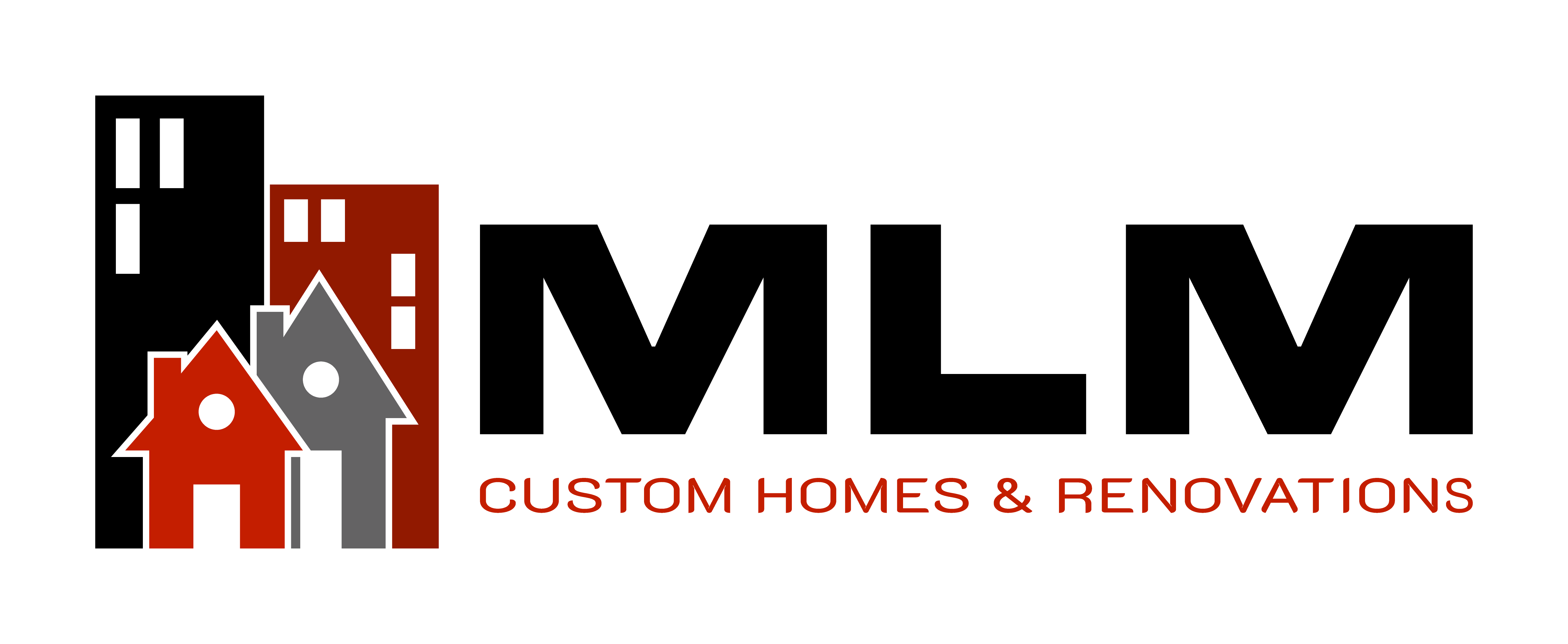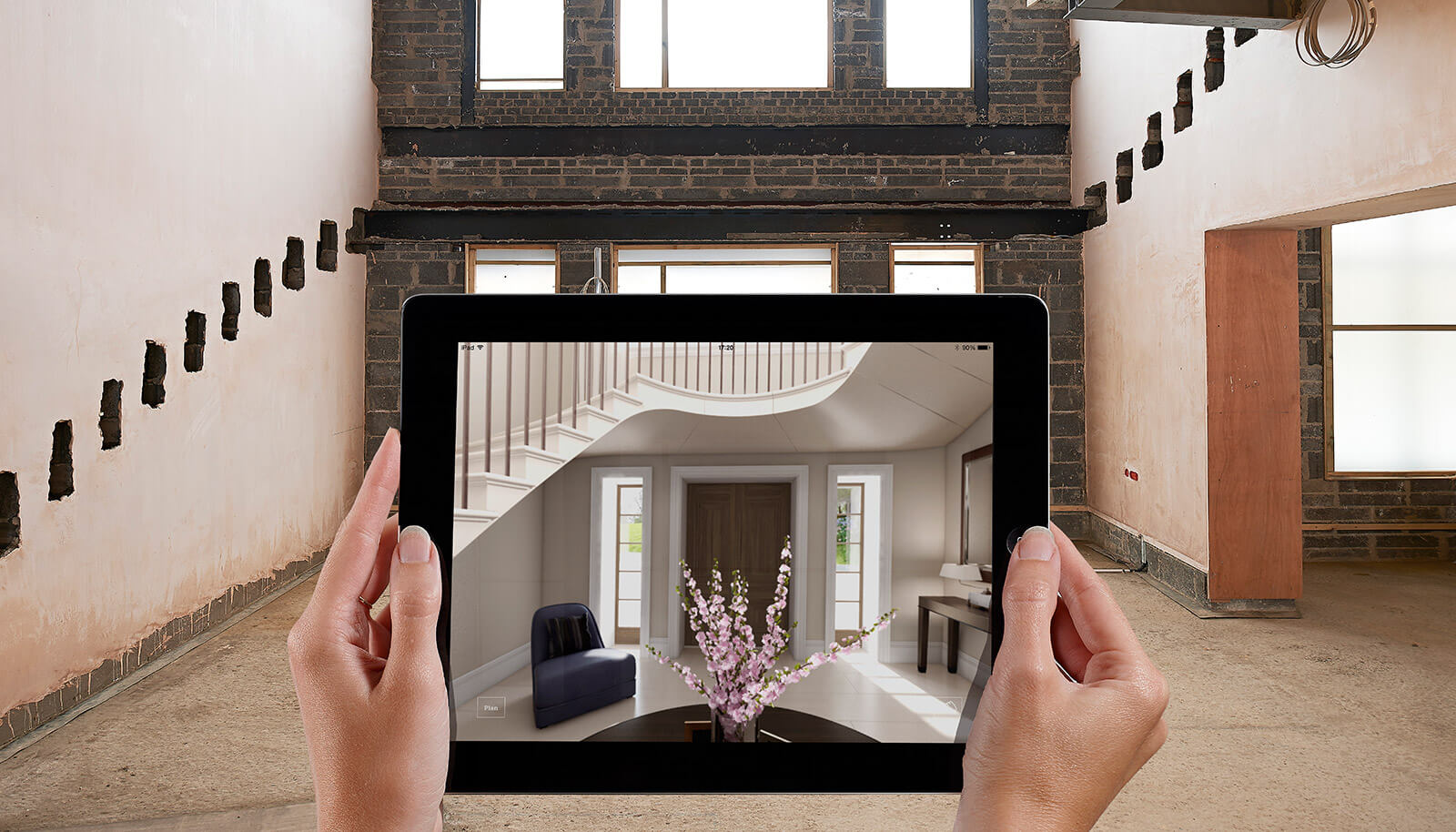Smart home technology is becoming increasingly popular as homeowners look for ways to make their lives more convenient and efficient. This technology has not only changed how we interact with our homes, but it also significantly impacted interior design. In this blog, we’ll explore how smart home technology is changing interior design and the ways in which designers can incorporate this technology into their work.
What is Smart Home Technology?
Smart home technology refers to devices and systems designed to make your home more intelligent and connected. This technology allows you to control and monitor various aspects of your home, such as lighting, temperature, security, and entertainment, from a single device, typically a smartphone or tablet. Smart home technology can integrate into new homes or retrofit into existing ones.
How is Smart Home Technology Changing Interior Design?
Smart home technology has significantly impacted interior design in several ways. Here are a few examples:
Designing for Automation –
Smart home technology allows homeowners to automate various aspects of their homes, such as lighting and temperature. As a result, designers must consider these automation features when designing a space. For example, a designer may incorporate dimmable lighting to create ambiance, knowing that the homeowner can control the lighting levels remotely.
Minimizing Visible Technology –
Smart home technology can be incorporated into a space in a way that minimizes the appearance of technology. For example, speakers can be hidden in the walls or ceiling, and smart thermostats can be installed in inconspicuous locations.
Customizing Spaces –
Smart home technology allows homeowners to customize their spaces based on their preferences and needs. For example, a homeowner may want to set the temperature in their bedroom to a specific level at a certain time of day. Designers can work with homeowners to incorporate these preferences into their designs.
Increasing Energy Efficiency –
Smart home technology can help homeowners save energy and reduce their utility bills. For example, a smart thermostat can learn the homeowner’s habits and adjust the temperature accordingly, reducing energy waste.
How Can Designers Incorporate Smart Home Technology into Their Work?
Designers can incorporate smart home technology into their work in several ways. Here are a few examples:
Collaboration with Smart Home Installers –
Designers can collaborate with smart home installers to ensure that the technology is seamlessly integrated into the space. This collaboration can also help designers stay up-to-date with the latest smart home technology trends and innovations.
Designing with Smart Home Technology in Mind –
Designers can design a space with smart home technology in mind, incorporating features like built-in speakers and smart lighting control systems.
Educating Clients –
Designers can educate their clients on the benefits of smart home technology and how it can be incorporated into their space. This education can help clients make informed decisions about the technology they want to include in their homes.
Creating Customized Spaces –
Designers can work with homeowners to create customized spaces that incorporate smart home technology. For example, a designer may create a home theatre with a state-of-the-art sound system and smart lighting control.
Conclusion
In conclusion, smart home technology is changing how we interact with our homes and has significantly impacted interior design. By designing with automation in mind, minimizing visible technology, customizing spaces, and increasing energy efficiency, designers can incorporate smart home technology into their work and create functional and intelligent spaces. So, if you want to incorporate smart home technology into your home, consider working with a designer who can help you create a space that seamlessly integrates this technology.

